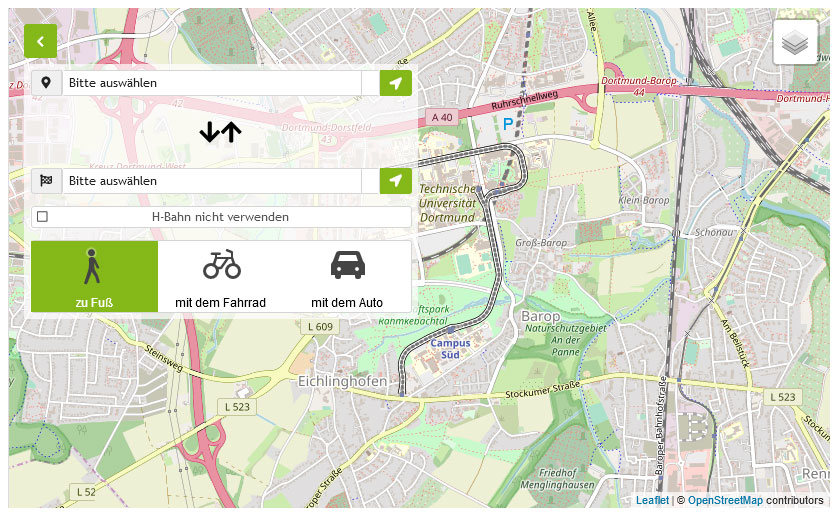Process Performance Optimization
| Type | Lecture (2 SWS) + Exercise (1 SWS) + Lab experiment (1 SWS) |
| Rhythm | Winter Semester |
| Audience | Master BIW, CIW, PSE, A&R and other |
| Language | English |
| LV number | 061640 |
| LSF number | 061641 |
Please refer to the LSF for the most recent information.
This module is mutually exclusive with the module Process Optimization.
By receiving credit points for the module Process Performance Optimization you cannot receive credit points the module Process Optimization.
Course content
The course gives an overview of state-of-the-art techniques and of their applications to evaluate and to optimize the performance of chemical and biochemical production processes. The following topics are dealt with:
-
Selection of controllers and control structures
-
Optimization of the operating conditions by linear programming and nonlinear optimization
-
Model predictive control
-
Batch trajectory optimization
-
Model-based estimation of process variables for monitoring and control (state estimation)
-
Process performance monitoring
-
Dynamic simulation and operator training systems
-
Manufacturing Execution Systems
-
Statistical Process Control, Six SigmaOperation of regulated life science processes
Lab experiment:
The methods from the lecture are experimentally investigated in laboratory set-ups and computer experiments.
Acquired competences
The students acquire an in-depth knowledge of methods and technologies for the monitoring and for the im- provement of chemical and biochemical production processes by suitable instrumentation, advanced control, model-based optimization, data analysis and continuous improvement processes. They are able to map the requirements for the safe and efficient operation of standard units (reactors, distillation columns) into suitable P&I instrumentation diagrams. They understand the different forms of optimization problems that occur in the process industry and the related solution methods. They can map the process requirements and constraints into mathematical optimization problems. The students understand the basic principles of model-predictive control and of linear and nonlinear state estimation and can set up estimators for simple problems.
Details
| Exam | Written / Oral |
| Preliminaries | Basic knowledge of dynamic systems and control as provided by the course Prozessdynamik und Regelung / Introduction to Process Dynamics and control in the B.Sc. programs Bio- und Chemieingenieurwesen |
| Literature | The slides of the course and any additional materials such as literature lists and website recommendations will be published in the virtual workrooms in Moodle provided for this purpose. Details will be announced at the beginning of the course. |
Only the information found in the LSF and the most recent edition of the Modulhandbuch der Fakultät
Bio – und Chemieingenieurwesen is binding. The content on this page may not reflect the most up-to-date information.


